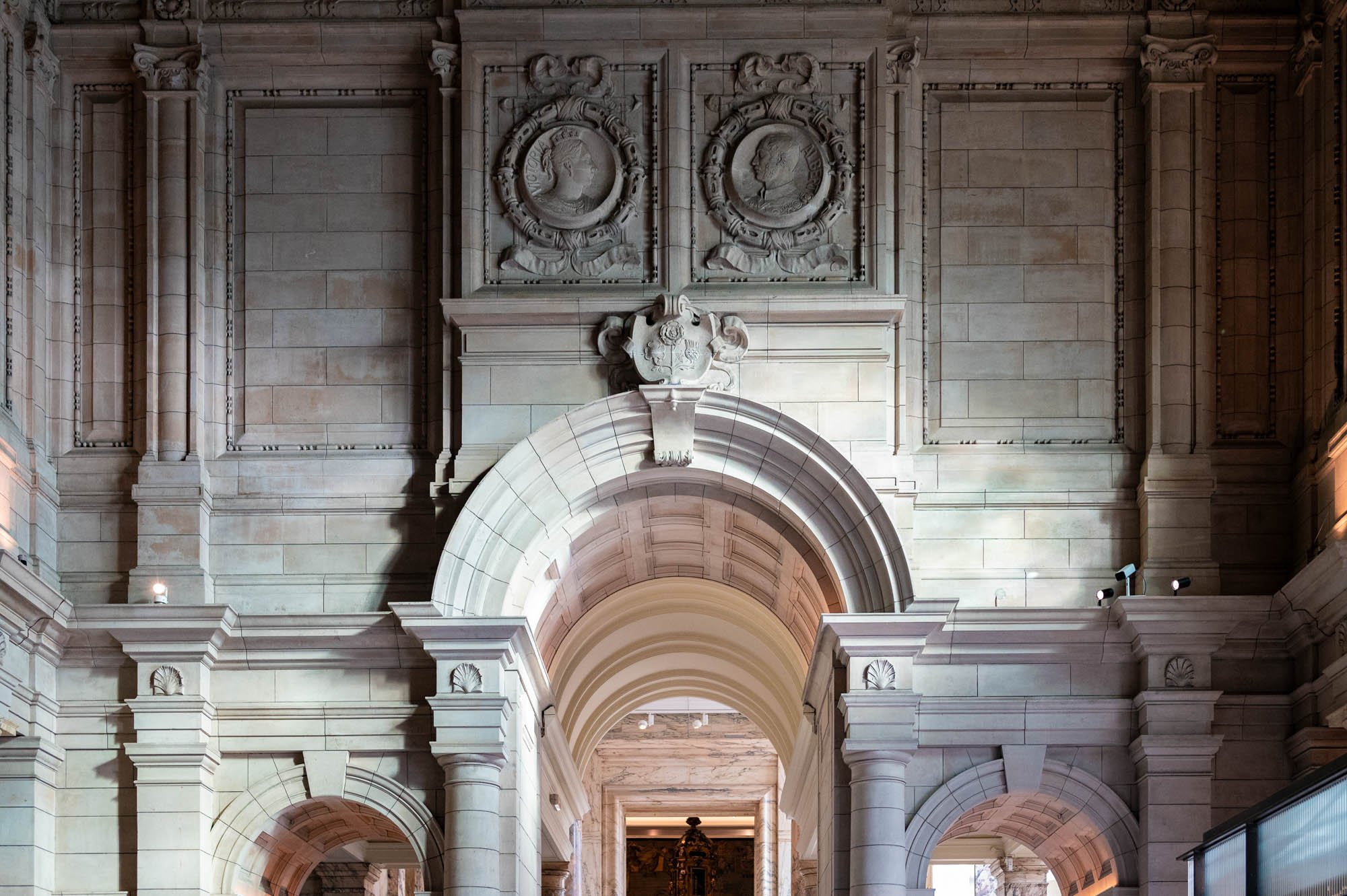Touring the Art Museums of England: Part 2
Victoria and Albert Museum North Italian Renaissance style interior
A nation steeped in history and culture, I found no shortage of breathtaking artistry as I continued to explore across England from the Manchester Art Gallery to the Victoria & Albert Museum and the British Museum. These institutions form a triumvirate of cultural treasures, each offering a unique lens into the kaleidoscope of human expression and heritage.
the Manchester Art Gallery showcases a diverse collection spanning centuries, from classical to contemporary masterpieces. Renowned for its rich assortment of Pre-Raphaelite paintings, the institution’s expansive galleries also feature sculptures, decorative arts, and thought-provoking contemporary exhibitions, creating a dynamic space that celebrates the city's artistic heritage.
Expectations, John William Godward, 1900
Sappho, Charles-August Mengi, 1877
Astarte Syriaca, Dante Gabriel Rossetti, 1891
Hylas and the Nymphs, John William Waterhouse, 1896
The Manchester Royal Exchange, Joseph Broome, 1877
Captive Andromache, Frederic Leighton, 1888
Josiah Wedgwood vase
The Last Watch of Hero, Frederic Leighton, 1887
Venturing beyond traditional art realms, the Victoria & Albert Museum, affectionately known as the V&A, stands in central London as a celebration of creativity in all its forms. From textiles to ceramics, fashion to photography, the V&A's diverse collections illuminate the intersections of art, design, and craftsmanship. Each exhibit dances between artistic inspiration and practical ingenuity.
The Three Graces, Antonio Canova, 1814
The Day Dream, Dante Gabriel Rossetti, 1913
Newfoundland Dog Called Lion, Edwin Landseer, 1824
Saintt Cecilia and the Angels, Paul Delaroche, 1836
Mosaics, Fredric Leighton and others
Cast of Trajan's Column, original in Rome, Italy
Further into the heart of London, the British Museum stands as a colossal repository of human history and civilization. Its vast and eclectic collection encompasses artifacts from virtually every corner of the globe. From the Rosetta Stone to the Elgin Marbles, the museum offers a journey through time, inviting exploration of human cultural evolution. The British Museum's commitment to accessibility and education makes it a beacon of knowledge and an exemplification of the interconnectedness of our global heritage.
Discobolus, Roman, 2nd Century AD, after a Greek original by the sculptor Myron of 450-440 BC
Aztec Carving
Mesopotamia Lion
Statue of Amenhotep III, 1388–1351 BC
Limestone false door and architrave of Ptahshepses. The paneled slabs on each side of the door are inscribed with a biography of Ptahshepses
The Rosetta Stone, 204–181 BC





















